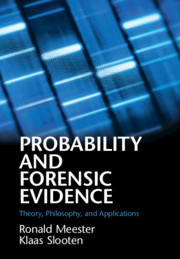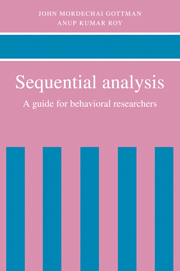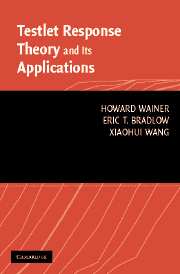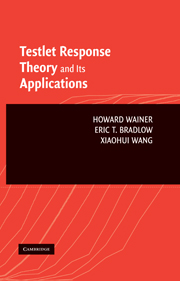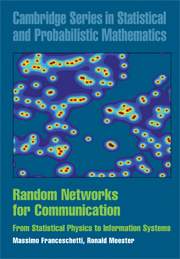Probability and Forensic Evidence
This book addresses the role of statistics and probability in the evaluation of forensic evidence, including both theoretical issues and applications in legal contexts. It discusses what evidence is and how it can be quantified, how it should be understood, and how it is applied (and, sometimes, misapplied). After laying out their philosophical position, the authors begin with a detailed study of the likelihood ratio. Following this grounding, they discuss applications of the likelihood ratio to forensic questions, in the abstract and in concrete cases. The analysis of DNA evidence in particular is treated in great detail. Later chapters concern Bayesian networks, frequentist approaches to evidence, the use of belief functions, and the thorny subject of database searches and familial searching. Finally, the authors provide commentary on various recommendation reports for forensic science. Written to be accessible to a wide audience of applied mathematicians, forensic scientists, and scientifically-oriented legal scholars, this book is a must-read for all those interested in the mathematical and philosophical foundations of evidence and belief.
- Gathers all the important aspects of statistical evidence evaluation in one volume, including the first in-depth treatment of the likelihood ratio
- Written with minimal mathematical prerequisites and more concerned with concepts than technical calculations
- Of interest to a wide audience including applied mathematicians and statisticians, forensic scientists, and scientifically-oriented legal scholars
Reviews & endorsements
‘This is a foundational introduction to the statistical interpretation of forensic evidence. It should be considered an essential reference for anyone considering study or research in this area. The language and exposition are crystal-clear and leave no room for uncertainty of thinking.’ James Curran, University of Auckland
‘A masterful and thought-provoking look at the statistical underpinnings for the interpretation of forensic evidence. The authors make a compelling case for the use of likelihood ratios and debunk misinterpretations of these ratios. Their strong statements across a range of current debates about DNA evidence in particular are based on detailed mathematical derivations.’ Bruce Weir, University of Washington
'This book is accessible to anyone … It provides an example of applied math being utilized in the real world while being mindful of the gap that can occur between practice and theory. The diligent reader will find much to learn and enjoy throughout.’ Notices of the American Mathematical Society
Product details
April 2021Paperback
9781108449144
424 pages
245 × 170 × 25 mm
0.8kg
Available
Table of Contents
- 1. Some Philosophy of Probability, Statistics, and Forensic Science
- 2. Evidence and the Likelihood Ratio
- 3. The Uncertainty of the Likelihood Ratio
- 4. Forensic Identification
- 5. The Bayesian Framework in Legal Cases
- 6. Bayesian Networks
- 7. DNA
- 8. Statistical Modeling and DNA Mixture Evaluation
- 9. p-Values of Likelihood Ratios
- 10. From Evidence to Decision
- 11. The Interpretation of DNA Database Matches
- 12. Familial Searching
- 13. Belief Functions and their Applications
- 14. Recommendation Reports
- References
- Index.

